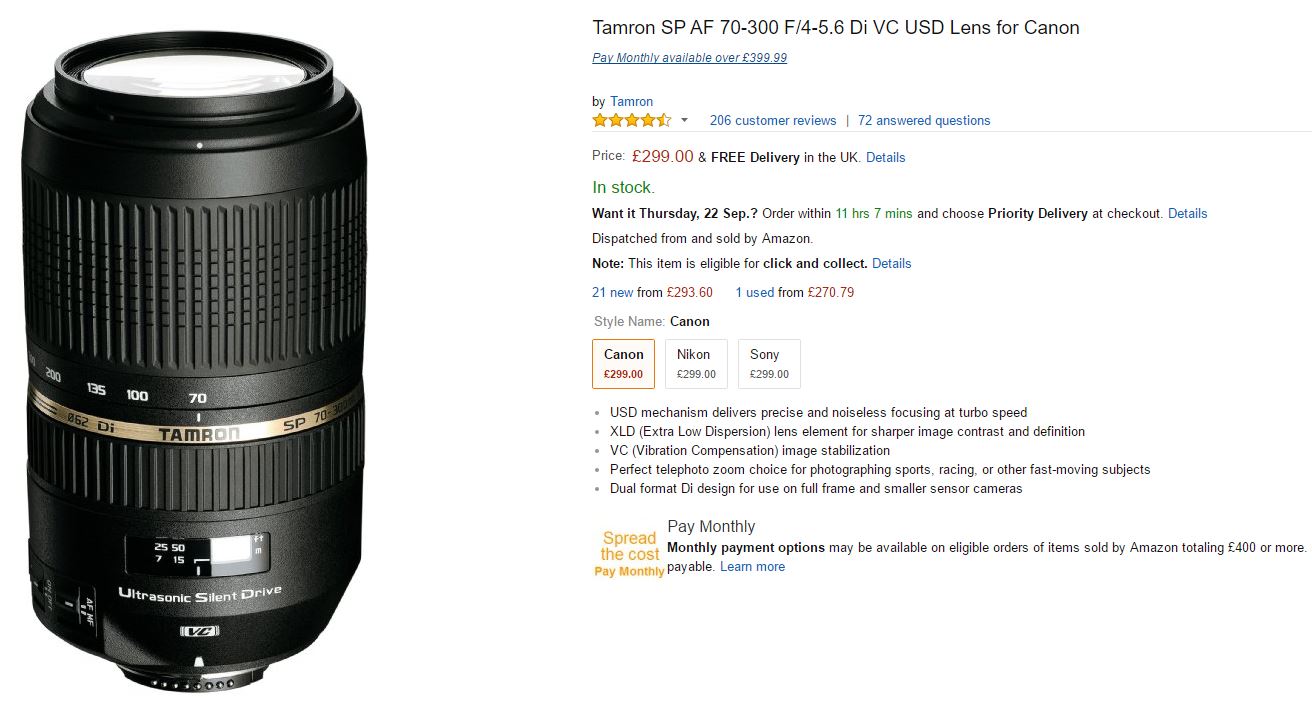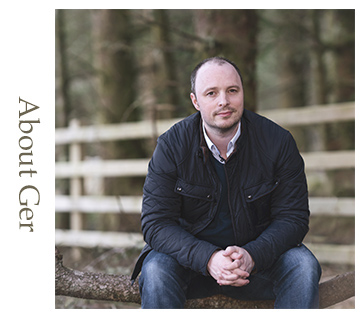Introduction to camera lenses | a beginners guide to choosing the right lens for your photography style

Most beginners start out with a DSLR or mirrorless camera with the kit lens. A kit lens is the default lens that comes with a new camera, typically a zoom lens in the range of 18-55mm. This guide is designed to explain some of the reasons to use additional camera lenses, what those additional lenses can help you achieve with your photography and what to look for in new lenses. This is a beginner's guide so we'll keep the technical jargon at a fairly high level.
Basics of camera lens selection for beginners
There are a number of reasons to add additional lenses to your camera bag, each of which I'll discuss in more detail further on,
1) Focal length: also known as the zoom range or zoom level of a lens.
2) The maximum aperture of the lens.
3) Weight & Size: a small & compact lens or selection of lenses would suit best for travel photography where as a wildlife photographer for example would be more concerned with the focal length and focusing speed of a lens.
4) Prime vs Zoom lenses: discussed later in this guide.
5) Focusing Speed: sports, action or event photographers will find benefit in using lenses with a faster focusing speed whereas a portrait or interiors photographer for example may not view focusing speed as a critical deciding factor when purchasing a new lens.
6) Weather sealing or weather resistance: you may have a weather sealed camera body and wish to add a weather sealed lens to allow shooting in less than ideal conditions.
Let's review the crytiera above before we discuss the process & tips for choosing a new lens, as well as where to buy and how to know if a lens is right for your camera body.
The Focal length of a Camera Lens
When we talk about camera lens focal length, we are referring to the zoom level of a lens, we measure this in millimetres or mm. Printed on your lens will be its focal range, i.e. the range a lens can zoom from its widest focal length, (the lowest number in mm, 18mm for example), to its most zoomed in focal length, 55mm for example. A lens that has a zoom range from 18mm to 55mm is often referred to as a standard zoom lens. It's quite versatile, it can take fairly wide landscape images at 18mm to tighter, more zoomed in closer images at 55mm. In photography, we use the term "walk around lens" to refer to a lens that is handy for walking around taking everyday images and falls near of within the standard zoom range. For example, the Canon 18-135mm lens or the Nikon 18-105mm lens are ideal walk around lenses as they allow you to shoot fairly wide landscape or architecture images as well as zooming in quite a bit to get closer to your subjects.
But what if you need to get even closer to your subject due to their distance from you, this is where a telephoto lens comes into play; a telephoto lens is one which has a longer focal length than a standard lens, maybe a 55-200mm, 70-200mm or a 70-300mm lens. Swapping your kit lens for a telephoto lens provides a magnified image view where you can get a closer photo of your subject.
So is that all a telephoto lens does, i.e. in essence get you closer to your subject with a magnified view to you can fill more of your image with your subject? The answer is a definite no, as beginners we often think of a telephoto lens as a lens that gets you closer to your subject but a telephoto lens adds so many more benefits to your photography. Often camera sales personnel will describe a telephoto lens as an ideal lens for photographing wildlife, in that it gets you closer to your subject without the requirement to move closer from your shooting position. And while that is true, a telephoto lens does so much more, it's an ideal portrait lens for a number of reasons, least being that it tends to blur your backgrounds to provide that portrait look & feel. Telephoto lenses showcase people in their true form, not distorted as can be the case with wider focal lengths like 24mm. For that reason, lenses which zoom to or more than 85mm are often referred to as a portrait lens.

Above: The two images above were photographed using a telephoto lens at a focal length (zoom level) of 185mm & 200mm respectively. The use of a telephoto lens provides a narrower field of view and tends to blur the background & foreground leaving just the subjects sharp.
When considering a lens for portraiture, focal length is one of the main deciding factors. As we can see in the headshot images off a manikin below, at wide focal lengths in the ranges of 15mm - 24mm, the lens distortion does not render a true to form representation of the manikin. The same would hold true for a real person. Looking at the set of 4 images below, in image 1 at a zoom level or focal length of 15mm, we can see that the head is quite oval shaped and the nose is quite prominent. That image as well as the one shot at 24mm does not flatter the subject nor produce a true to life image of what the manikin actually looks like in real life. Notice how as we zoom more and into the 85mm + range, we see a more flattering and true to life photo of the subjects face. It is for this reason, that we often prefer to photograph people at longer focal lengths like 85mm and above.
85mm is often referred to as a portraiture focal length. There are a number of additional reasons why photographing people at those longer focal lengths is beneficial, 1) you need to be further away from your subject which puts your subject more at ease 2) your angle of view is reduced which results in a background with less clutter or distracting elements and 3) the more you zoom, the more your background tends to fall off into blur thus drawing the viewers eye to your subject.
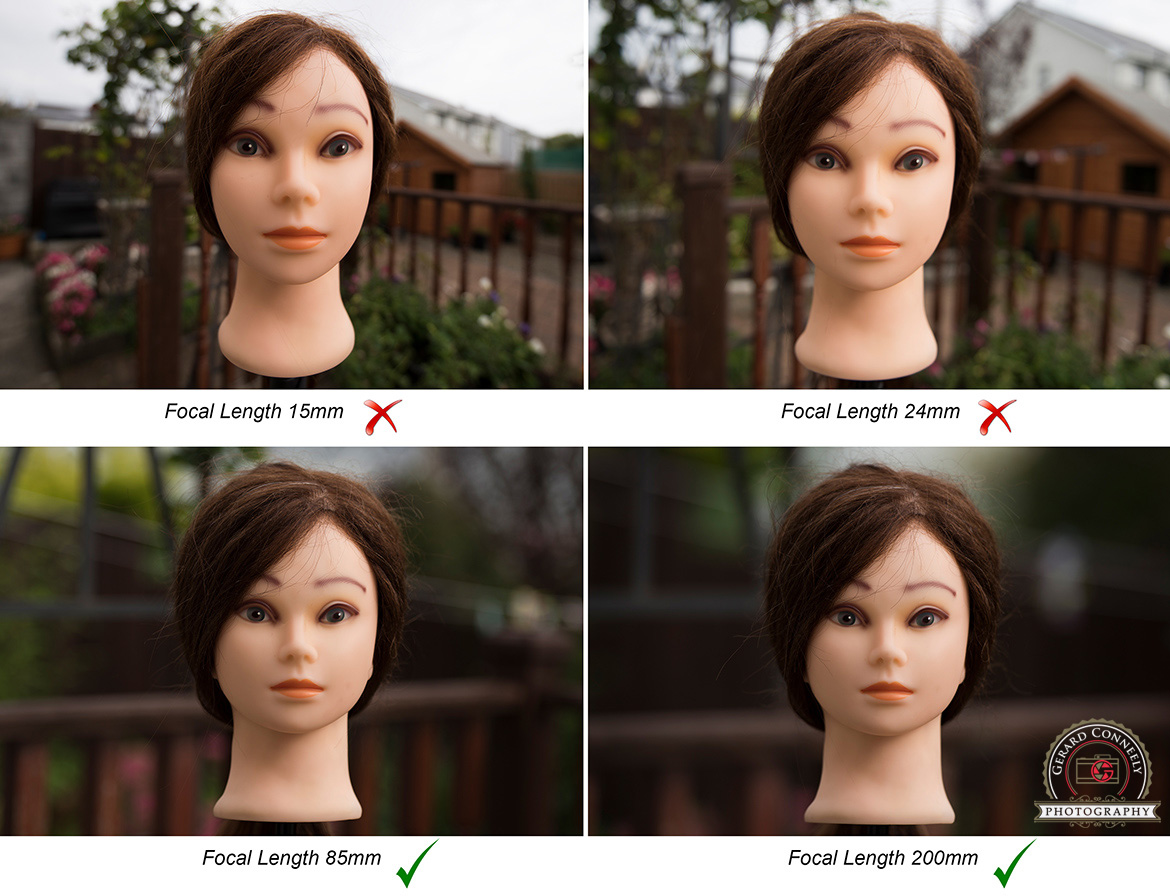
Above: demonstration of focal length and how if effects portraiture - longer focal lengths produce more flattering images.
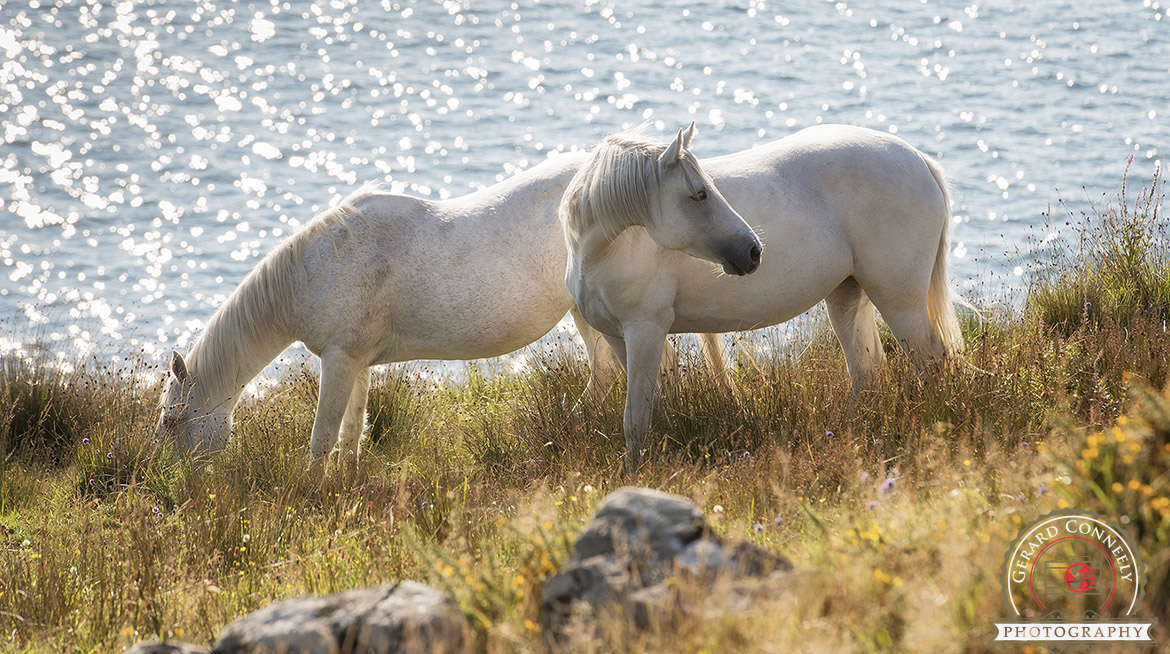
Above: taking advantage of the reach from a telephoto lens to get a close up of two horses - shot at 200mm
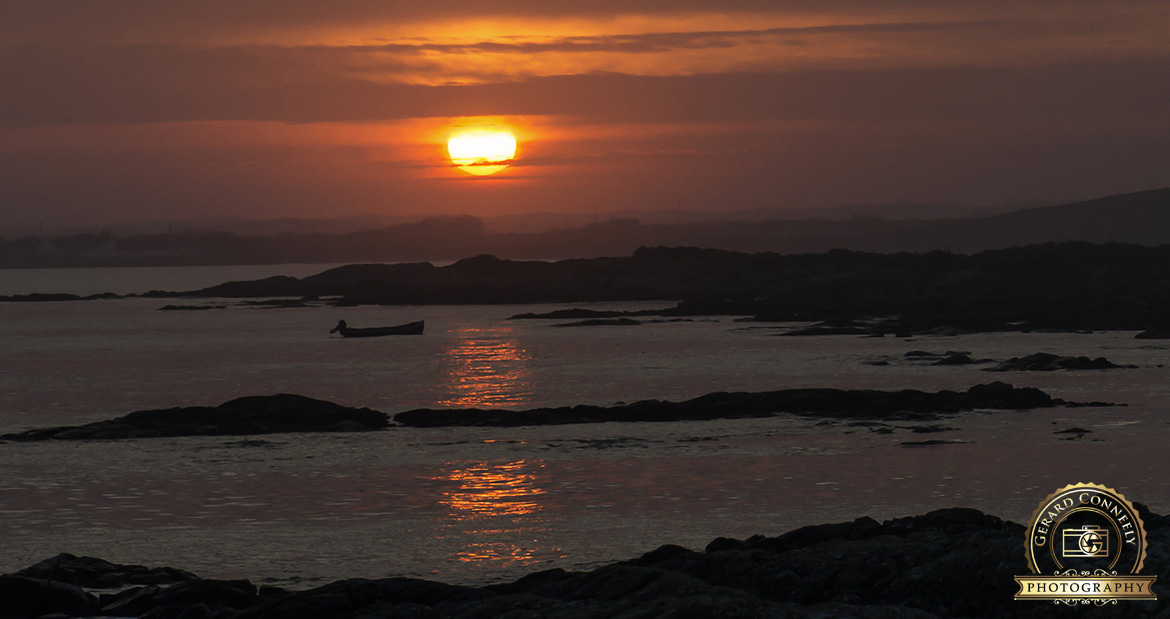
Above: using a telephoto lens for landscape photography - shot at 200mm to pull those background elements closer into the scene
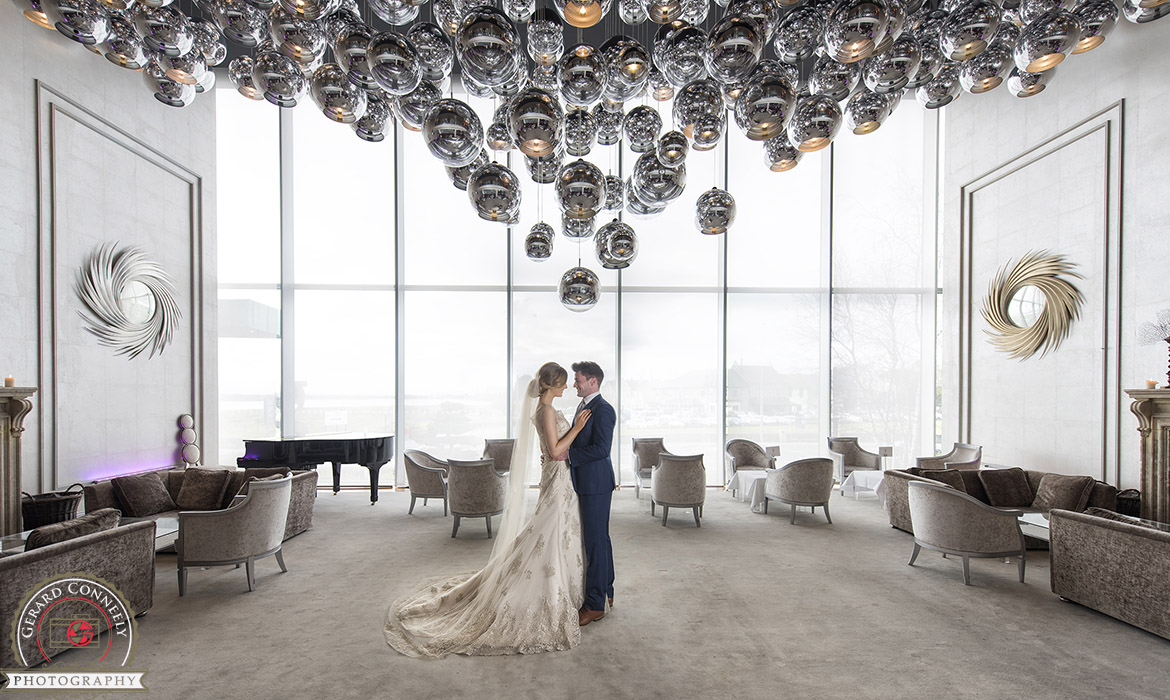
Above: using an ultra wide angle lens zoomed out to 15mm to capture the entire scene
Maximum aperture of a lens
The aperture of a lens refers to the opening within the lens itself that allows light to pass through. Camera lenses vary in terms of the aperture sizes they have. The size of the aperture can be controlled from the camera body and the size of the aperture chosen will affect the way the photo looks. Big apertures like F2.0 tend to produce a shallow depth of field, that is to say that only a relatively small portion of an image will be sharp & in focus and the foreground and/or background elements will fall off into a blurry or out of focus effect. This is a look that we often try to achieve when shooting portraits as it draws the viewers eye to the subject. On the other hand, using a smaller aperture like for example, F11 will produce a larger depth of field and the end result will be a photo with more sharp detail throughout the image in the foreground, subject & background with less blur. This may be important for example when photographing landscapes or portraits where you want as much sharp detail throughout the image as possible. There are of course other factors that affect depth of field or how much of an image is sharp & in focus but those factors are outside the scope of this guide.

Above: We use "f" numbers to refer to the size of a lens aperture, the smaller the number tha larger the aperture opening. Aperture is also referred to as "f stop"
Below: see how the chosen aperture size affects the way the photo looks in terms of it's background.

Above: aperture effecting the depth of field of images, a large aperture like f1.4 or f2 has a shallow depth of field (lots of background blur)
A smaller aperture opening like f8 or f16 has a larger depth of field with less background blur
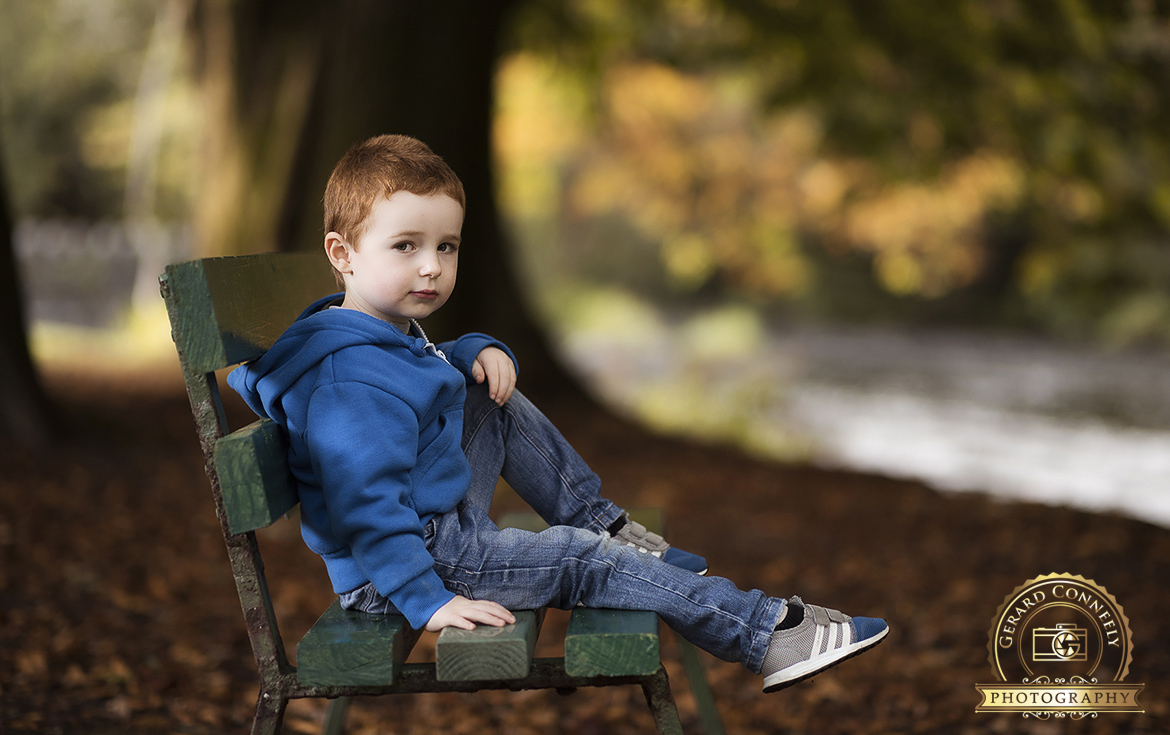
Using a focal length of 85mm with a wide open aperture of f1.4 to produce an out of focus background. In photography, we use the term bokeh to describe the blurry or out of focus area of an image.
Prime vs Zoom Lenses
A prime lens is a lens with a fixed focal length, i.e. the lens does not have a zoom function. When purchasing a prime lens, you must decide what focal length may suit you best, for example a 24mm prime lens, a 35mm, a 50mm, an 85mm & a 105mm etc . So why would a prime lens be of any benefit over a zoom lens, surely it seems restrictive to purchase a lens that does not zoom and is in effect stuck at a certain focal length? There are many benefits to prime lens which make them more desirable than a zoom lens for certain uses, most importantly prime lenses tend to have much larger apertures than their zoom lens counterparts. In the photo above shot with an 85mm prime lens, we can take advantage of the very large aperture of f1.4 to make the background fall off into blur. Prime lenses are typically sharper, smaller, lighter and better suited to shooting in low light when compared to zoom lenses. Zoom lenses tend to have a maximum aperture size of f2.8 on professional series lenses and more commonly a maximum aperture size ranging from f4 to f5.6 on consumer level lenses.
Some applications of prime lenses in everyday use; as a wedding photographer I often use my 35mm & 85mm primes lenses. The 85mm is ideal for bridal portraits while the 35mm is wider and more versatile when shooting groups or indoor images. An astro photographer who photographs the night skies or an interiors photographer may opt for a 20mm or 24mm prime lens to shoot at wider angles. A 50mm prime lens would be an ideal lens for travel photography or as a walk around lens.
Lens Focusing Speed
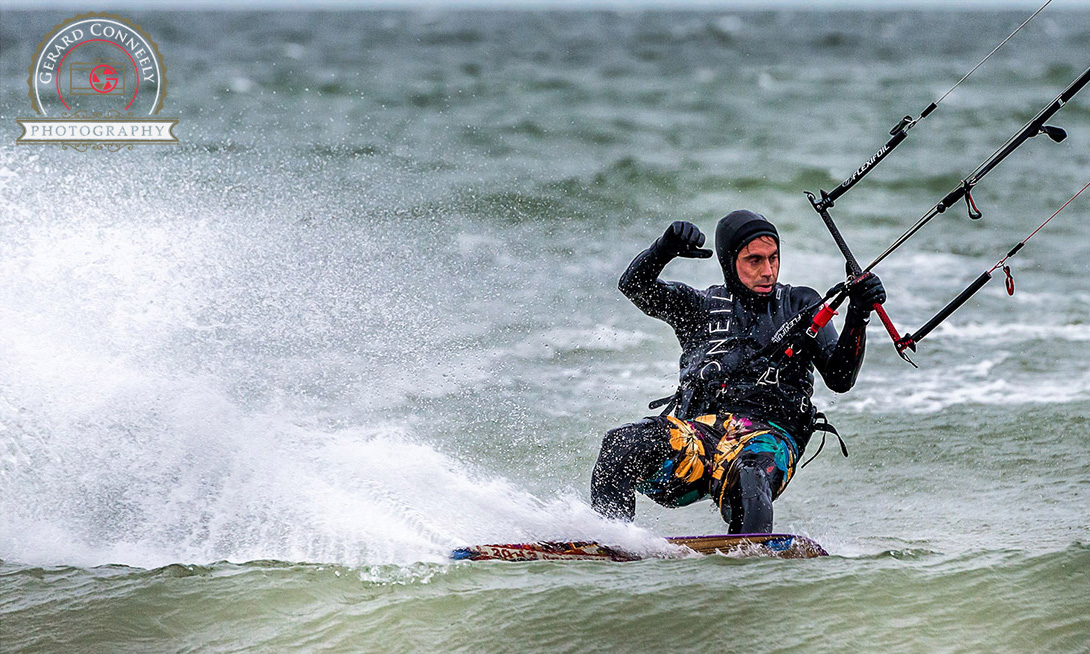
Above: for sports & action photography, a lenses ability to focus quickly & accurately will be an important factor
What does minimum focusing distance mean?
Lenses vary in relation to their minimum focusing distance, that is to say the distance that you need to be away from your subject before a lens will focus. With telephoto lenses you can expect to be at least 2 meters back from your subject before the lens will focus. If you are too close to your subject, the lens will not focus correctly. That minimum focusing distance will vary from lens to lens, often wide angle lenses allow you to get very close to your subject, maybe 1 foot away or so and still allow you to focus on your subject.
What is a Macro lens?
A marco lens, sometimes referred to as a micro lens, is a lens specifically designed to allow you to get very close to your subject and still achieve focus. They allow you to photograph very small objects like insects, flowers & wedding details etc. Most macro lenses start at 60mm and upwards. The Canon 100mm marco & the Nikon 105mm macro lenses also double as superb portrait lens. The are in the ideal focal length for portraits, allow you to get very close to your subject & render beautiful out of focus blur (bokeh).
What is a variable aperture lens & how does it differ from a constant aperture lens?
When we talk about a lens and it's aperture, we typically discuss it in terms of its largest aperture. For example, a lens may have an aperture range from f2.8 (its largest aperture) down to f22 (its smallest aperture). If someone was to ask, what aperture that lens has, the answer would normally be "2.8". People don't really care how small the aperture goes, rather we are interested in it's largest aperture as it is the largest aperture what will determine a lenses suitability for portraiture & low light/indoor shooting.
A constant aperture lens is a lens where once the largest aperture is selected in the camera, that largest aperture does not change when the lens is zoomed, i.e. when choosing an aperture of f2.8 on my Nikon 24-70mm f2.8 lens, whether I'm zoomed out to 24mm or zoomed in to 70mm, I can constantly choose the largest aperture of f2.8, hence the name "constant aperture lens".
On the other hand with a "variable aperture lens", for example the Canon/Nikon 18-55mm f3.5/f5.6 kit lens, the largest aperture available will vary depending on the zoom level. When zoomed out to 18mm, the largest aperture of f3.5 will be available but as you start the zoom, the largest aperture will decrease in size until you are fully zoomed in to 55mm at which time the largest aperture available will be f5.6. You will pay more for a constant aperture lens.
What does the IS, VC, VR, OSS or OIS feature on a camera lens mean?
Some lenses, especially more recently, are available with a feature that will help to keep the lens still when shooting at slower shutter speeds. The idea here is to keep the lens as stable as possible while taking an image in order to reduce blur in a photo due to camera shake. The various lens brands have their own terms for this feature which is normally implemented via a on/off switch on the lens itself. Canon refer to this feature as IS: Image Stabilisation, Nikon call it VR: Vibration reduction, Tamron call it VC: Vibration Compensation, Sony & Panasonic refer it it as OSS: Optical Steady Shot or OIS: Optical Image Stabilisation. It's not a critical feature to have in my opinion but it does become beneficial in telephoto lenses where camera shake due to the longer focal lengths is more common.
Understanding the terms used to describe a lens
The graphic below provides an overview of the typical terms used to describe a lens. Here we see a listing for a Tamron telephoto lens for Canon. In the image below, I break down the lens features into a more understandable format.
Below is a breakdown of the different features of the lens.

Next, taking a look at a prime lens below, in this case the Canon 50mm f1.8 lens. Notice how in the Tamron lens above, the zoom range is listed as 70-300 but the lens below, it is just listed as 50mm. We can tell that the lens below is a prime lens, i.e. a lens that does not zoom as only one focal length is listed, in this case 50mm. We can also see that the lens below has a much larger maximum aperture of f1.8 as opposed to the maximum aperture of the Tamron lens above. Reading the customer reviews is also a good way to get an indication of how good a lens is, we can see both of these lenses have high ratings.
The process of choosing a new lens
Often the initial driving factor when buying a new lens for your mirrorless or DSLR camera is based on a requirement to cover a certain focal length or have a lens with a large aperture for portraiture or shooting is darker environments. Once you have identified what you need, you'll need to work out the best model to get because as well as own brand lenses like Canon & Nikon, there are third party lens from Tamron & Sigma which can be equally as good if not better than the own brand lenses at the same price point. Remember, not all lens are built the same, some lenses are sharper than others and will provide better image quality. Amazon dot co dot uk would be a good place to start looking as the reviews with each lens will give you a good idea of how good it is.
Let's say for example you own a Canon 1200D DLSR camera and you are looking for a lens with a bit more reach, a telephoto lens with a zoom range of 70-300mm. There would be 3 brands to choose from, the Canon version, the Sigma version with the Canon mount or the Tamron version with the Canon mount. The mount indicates what brand of camera the lens will fit on. Needless to say, you cannot mount a Nikon lens on a Canon camera or vice versa. In this case, based on my own recommendations for a consumer level telephoto lens, I would recommend the Tamron 70-300 VC lens for Canon. To get an idea of the type of images a certain lens can take, search for the lens group on flickr dot com. The flickr website has groups for most lenses where people upload their images taken with a specific lens.
Once you have decided on what lens you need, shop around online or visit local stores to compare prices.
Why are some lenses more expensive than other lenses?
Not all camera lenses are built the same and pricing will vary between manufacturers & features. In general but with some exceptions, camera lenses for full frame cameras will be more expensive than lenses for crop sensor cameras. Lenses play a big factor in image quality, the better the lens, the better the image quality will be. The number & quality of the glass elements within a camera lens will affect the final images colour saturation, micro contrast, chromatic aberration, the quality of the bokeh, lens flare control, clarity, sharpness, distortion & vignetting. You can expect to pay more for a lens with a large aperture, for example a lens with a maximum aperture of f1.4 will be more expensive than a lens with a maximum aperture of f1.8. With zoom lenses, you can also expect to pay more for a constant aperture lens. Some lenses are made from metal as opposed to plastic, some are weather sealed, have faster focusing motors and some contain image stabilisation, a mechanism in the lens to help image sharpness by reducing camera shake. All of those factors will contribute to the overall price of the lens.
What are Tamron & Sigma lenses?
As well as the more common brands like Canon, Nikon, Sony & Fuji, there are other lens manufactures such as Tamron & Sigma. As well as my Nikon lenses, I also own a Tamron lens & a Sigma lens. They both produce some excellent lenses which are available in the Canon & Nikon mount. A mount means that the lens will fit on a certain camera model, so for example when I purchased my Tamron 15-30mm wide angle lens, I opted for the Nikon mount so it would attach to my Nikon camera. Other additional lens manufactures include Tokina, Zeiss & Panasonic. Sigma has a new range of "Art series" lenses, I own the 35mm f1.4 Art series Sigma and find it to be a wonderful lens. Why did I purchase that over the Nikon version which is also available as a 35mm f1.4 lens? Well the image quality I find to be better, and I prefer the look of the bokeh from the Sigma lens. My approach when buying a new lens is to read the reviews online, look at sample images, watch youtube video reviews and do my research before investing.
Can I add a lens to my bridge camera?
No, a bridge camera is mix between a DSLR & a point & shoot camera, in reality it may look like a DSLR camera but it performs more like a point & shoot. A bridge camera has a built-in lens, often with a very large zoom range from very wide to very close. You cannot take off the lens & add alternative lenses. They is one of many reasons why I do not recommend a bridge camera.
Can you add lenses to a mirrorless camera?
Mirrorless cameras are getting very popular as of recent times due to their small size & and ability to now match DSLR cameras in terms of performance. The latest Fuji XT2 mirrorless camera for example can now match a DSLR in terms of focusing speed & image quality. The main mirrorless cameras brands are Fuji, Sony & Panasonic. Nikon & Canon also offer mirrorless cameras but they are not as good as the Fuji & Sony offering in my opinion. You can swap lenses on a mirrorless camera just as you can on a DSLR camera.
What about an 18-200mm lens, surely that is all I'll need?
While you can get lenses that cover a very large focal length from wide angle to telephoto, for example an 18-200mm lens, the quality of those lenses if just not great.You are asking too much from a lens to expect it to be great a wide focal lengths & when fully zoomed in. My recommendation would be to use something like the kit lens at 18-55mm to cover your wide and medium zoom range, and add a telephoto lens in the range of 70-200mm or 70-300mm to cover your telephoto needs. You'll find that by using two separate lenses, the image quality of each lens will be better as the lenses are designed specifically to cover those separate focal lengths.
Recommended camera lenses to own alongside your kit lens
The lenses below are recmmended for crop sensor (DX DSLR cameras)
Telephoto - I recommend the Tamron SP AF 70-300 F/4-5.6 Di VC USD Lens for Nikon, Canon & Sony
Prime lens - Nikon AF-S DX NIKKOR 35mm f/1.8G Lens | Nikon AF-S NIKKOR 50mm f/1.8G Lens | Canon EF 50 mm 1.8 STM Lens
Wide angle - Sigma 10-20mm f3.5 EX DC HSM Lens for Nikon & Canon
Marco lens - Tokina AF 100mm F/2.8 Macro AT-X 100AF PRO D for Nikon & Canon
For more detailed informationon & hands on learning - check out details of full day beginners photography workshop course in Galway
 Contact Gerard via at [email protected] or 0872295675, or book a photography course online .
Contact Gerard via at [email protected] or 0872295675, or book a photography course online . 

